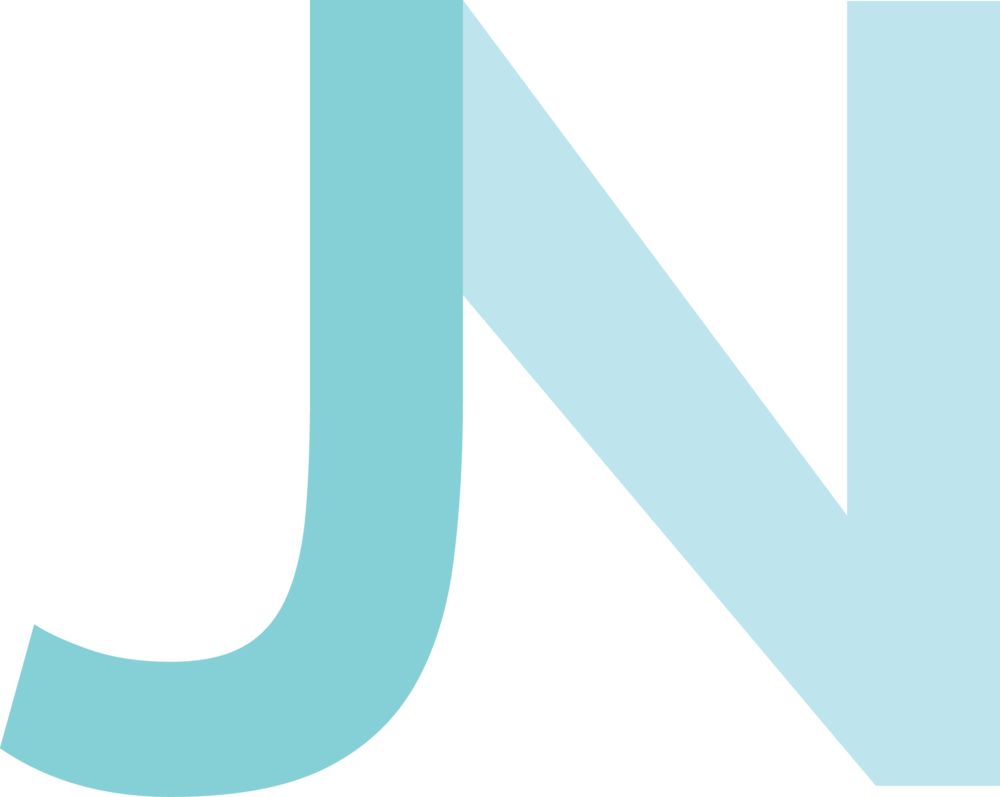Pantry Drop
The 48-Hour Food + Hackathon Challenge:
Nutrition For All
Role: User Experience & Visual Design, Prototype
Pantry Drop is an app created to eliminate food waste through a community sharing service. The app is designed to minimize individual/household food waste and allow individuals to interact as an active participant within their community.
Prototype: http://invis.io/KF2C17R2S
THE START OF THE CHALLENGE
Food— everyone has to encounter, consume, and think about on a daily basis. Yet many of us who are privileged to have an access to an abundant of fresh, healthy, and affordable food rarely have to think of the consequences of those with limited access. Nutrition for All was the theme for 2015's Food Hackathon + Forum and how can we as designers, developers, and entrepreneurs collaborate and come up with innovative solutions to address our food system.
TACKLING THE PROBLEM
When Pantry Drop was first pitched as Corner Store, I was intrigued on how to bring the classic concept of "borrowing a cup of sugar from your neighbor" into the 21st century. Pantry Drop's pitch resonated with me was minimizing food waste through a food sharing network/community.
Food waste is all too common problem many people face on a daily basis. It was surprising to hear the statistics of food waste in the United States alone. About 30-50%% of all food is thrown away, which is more than 20 lbs of food per person month. In a year that's about $48.3 billion thrown away on food waste.
THE TEAM & MY ROLE
My group consisted of 7 people with a wide variety of backgrounds— software developers, students, an entrepreneur, and even a kitchen hardware engineer. Being the only UX/visual designer, I took on the human-centered and visual design aspects for the project.
BRANDING
After a good solid 2-hour brainstorming session of the basic functionalities of the app, it was time to start designing and hacking away. My initial role was to design a logo and define a color palette for the team. As a team we immediately gravitated towards colors that were warm and earthy which we surprisingly all came to a consensus within less than 5 minutes.
Once the branding for the app was established, we needed a new team name. Although our concept was based upon a Corner Store because it is accessible and convenient it also had the connotation of monetary exchange. Our initial conceptualization of the app was focus upon creating a food sharing community by sharing/trading goods— no money would be exchanged. Hence, when we submitted the name of our group the Pantry Drop was initially placeholder for our submission ended up as the name.
BRAINSTORMING & SKETCHING
With our brand and name solidified, it was time to figure out how to bring the app to life. In the initial brainstorming session, the scope the project was quite broad. Everyone was excited about the features that could be incorporated within the app. However, with only 48 hours, it was important from a UX perspective to not only narrow down our scope but to focus (in particular for our prototype) one user flow.
Wireframe Sketches
Basic User Flow
TARGET USERS
In our survey that my team launched, a 100% of our recipients have mentioned they have faced and dealt with the issue of food waste. Thus, we knew our app could have tremendous benefits for individuals to household families. However, for the scope of the project our target audience was geared toward millennials. We understood that millennials are more incline to new technologies, especially when it comes to using social media and saving money.
FEATURES
A main challenge we faced as a team was to decide on what features that would not only address the theme but also still highlight the functionality of our app.
Four key points we focused on was:
- Simplicity
- Customization
- Minimize Food Waste
- Community
PIVOTING THE PROTOTYPE
By the end of day 1, it was clear coding a full functional prototype would have its limitation. As the sole visual designer, I had to translate the wireframes into visual design but the engineers would not have enough time to execute both the function and visual aesthetics. Thus, we pivoted our direction to focus on rapid prototyping and visual mockup through a combination of Sketch and InVision, an initiative I was responsible for.
PRESENTING AND FINAL THOUGHTS
Due to time constraints, there were many features that we could not show for the Hackathon but had considered during our ideation and research such as live map, recipes, chat function, and rating system. We also knew that a major issue to consider is of course safety of food and the exchanges made between users.
Overall, this was an amazing experience considering this was my first ever Hackathon. It was definitely a great learning experience but more importantly gave me an opportunity to challenge and improve as a designer while working in a team environment.






















